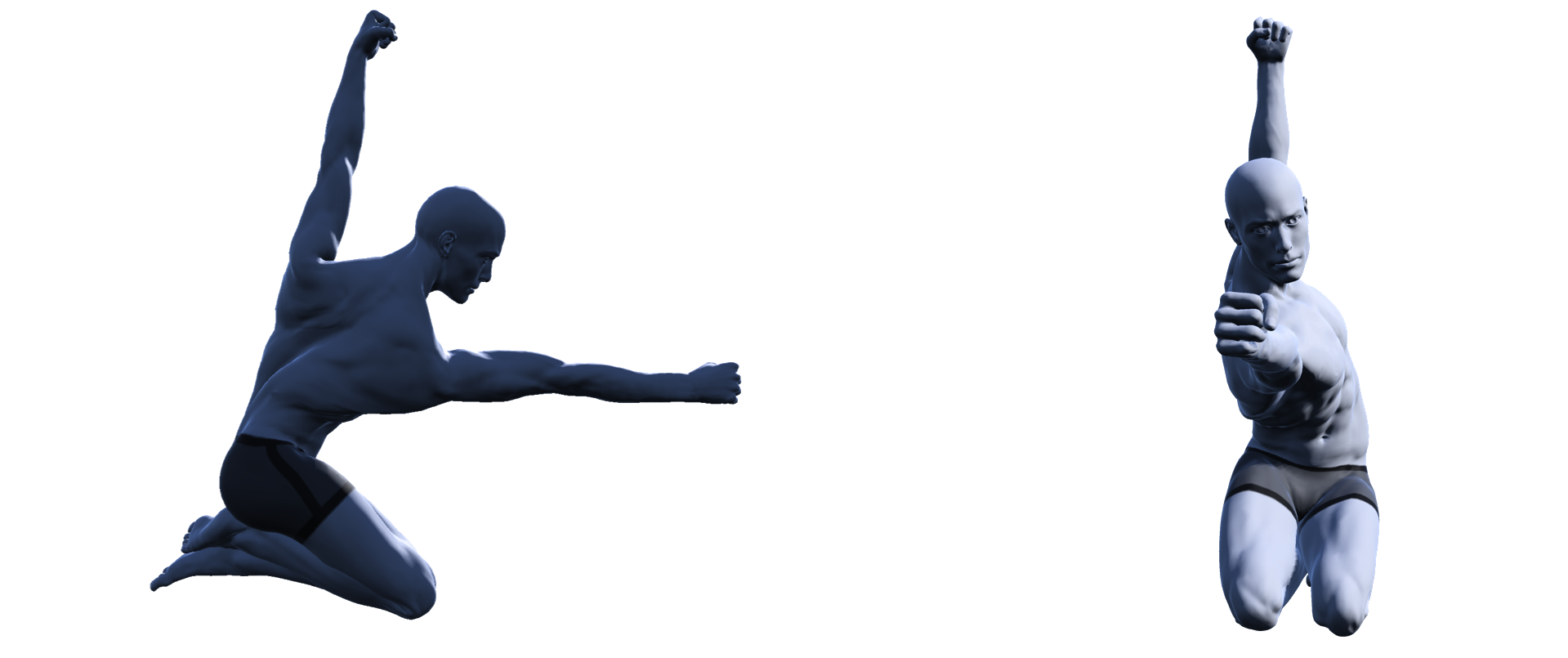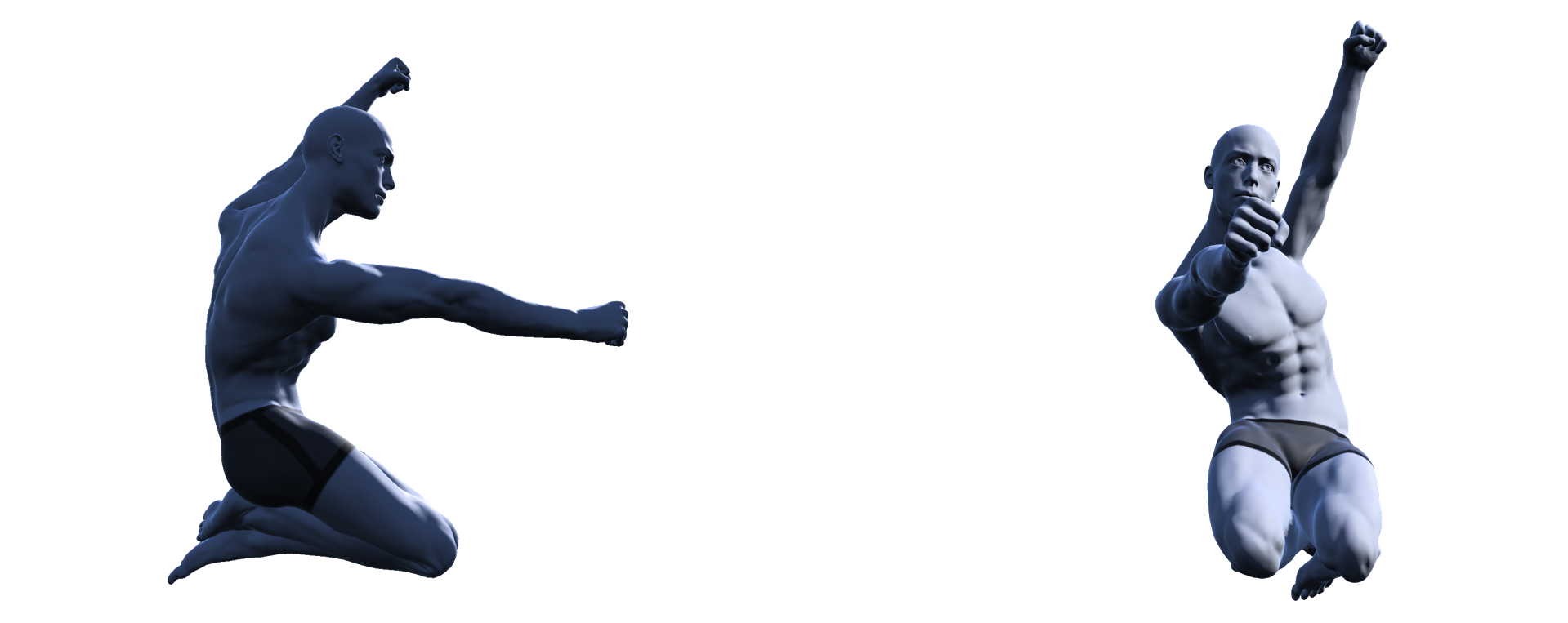The low kneel position is typically used in the downriver and slalom racing disciplines of canoeing, which are practiced on wild water, taking athletes through rapids, over waterfalls, and along fast-moving currents. The low kneel position offers greater stability than the high kneel position, and this extra stability is why it is favored in these canoeing disciplines.
The low kneel position also offers a considerably higher stroke rate than the high kneel position, and a high stroke rate is useful on moving water to maintain boat speed through fluctuating water conditions. While it does not offer the leverage and subsequent power of the high kneel position, with good technique it allows for high boat speed and to allow the paddler to quickly adapt to changes in water conditions.
The Catch
The catch in the low kneel position uses the A-frame position like any other type of canoe. The trunk and top arm, along with the paddle shaft form the diagonal arms of the A-frame shape, while the stroke side arm connects the two (Figure 1).
Figure 1: The catch is the key to a good stroke, starting with the strong A-frame position. The arms are fully extended, the torso is rotated, and there is some lean forward with the hips to make an A shape between the torso and the blade. This solid shape makes a good connection to the water, which maximizes stroke power, efficiency and control over the boat.
Rotating the trunk, straightening the arm, and reaching with the trunk and shoulders and flexing at the hips ensures the longest reach possible, extending the potential power phase. The A-frame set up by this position creates a strong catch, and a strong catch makes a strong connection to the water, allowing the paddler to lock onto the water and effectively drive the boat past the blade.
The Hip Push
Once the pull commences, drive the boat forward by pushing the boat forward with the hips (Figure 2). The idea should be to push the boat forward, not pull the paddle backward. With the canoe stroke, the model we are aiming for, is to push the boat forwards. In this model, we use a hip thrust to propel the boat forwards through the water, not use the paddle as a propeller blade that pulls the water backward.
Figure 2: The power phase of the boat begins by pushing through the stroke with the hips. The aim is that after the paddle blade locks onto the water, the paddler drives the boat forward, beginning by pushing through with the strong muscles in the hips, and in doing so close the A-frame. The aim of this phase it to recruit the biggest muscles into the stroke first.
This powerful closing of the A-frame drives the boat forward, and closing the A-frame using the strong muscles in the hips makes the most powerful and effective forward drive possible, as so the highest boat speed possible.
Unwinding
The stroke continues by unwinding the trunk, pulling hard with the large muscles of the trunk and back, and continuing to apply the force throughout the stroke and ensuring the boat maintains speed through to the end of the stroke (Figure 3).
Figure 3: The stroke continues by recruiting the large muscles of the back to continue the pull started by the hips and maintain power throughout the stroke. These muscles are less powerful than those of the hips, but they are powerful enough to maintain the momentum through the stroke, and keep the boat running smoothly throughout the stroke.
Unwinding is by the trunk rotating and unwinding from its initial, extended rotation at the beginning of the stroke. The aim is to use the large muscles of the trunk and upper back to maintain force throughout the stroke. During this phase, the arms should remain straight and the biceps should not be engaged, so that most of the force is being generated by the large muscles.
Extraction
Extracting the paddle from the water cleanly and efficiently sets the paddle up for the next stroke (Figure 4). In a low kneel canoe, the boat does not glide through the water as efficiently as a high kneel racing canoe does, and the water conditions often require rapid strokes to maintain momentum through the water. Because of this, it is necessary to get a clean and rapid blade extraction to set up the next stroke and keep applying power through the stroke cycle.
Figure 4: The stroke finishes with a quick blade extraction. In the low kneel position, especially on white water, a rapid stroke rate is essential for maintaining momentum on the water, and adjusting to rapidly changing water conditions and being able to get strokes in at the most optimal moments for maintaining boat speed.
During the extraction, we want to pull the blade out of the water quickly, and forwards. As not much force is required for this, we can use the muscles of the arms to pull out quickly. The action of the blade extraction is like removing a sword from its sheath. This quick action also begins the winding up for setting up the A-frame in the next stroke. Furthermore in the low kneel canoe, the stroke should be quite short, finishing in front of the hips, the more of the stroke that happens further forward, the faster and more powerful the strokes will be.



